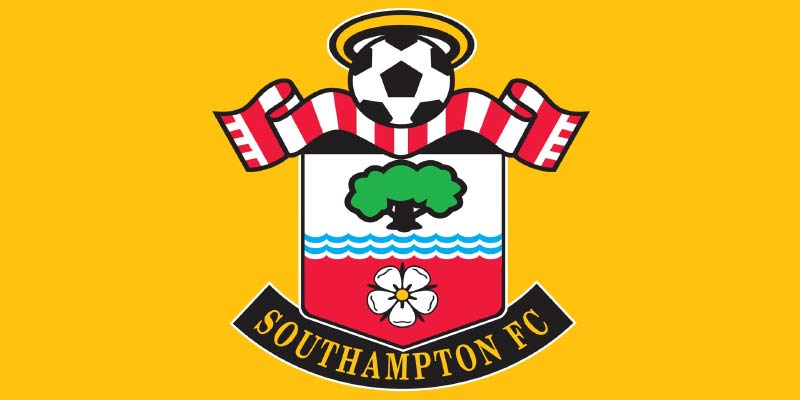
Southampton FC: A Rich History in English Football
Southampton FC, an illustrious club entrenched in the annals of English football, has carved out a unique identity over the decades. From its humble beginnings to its rise as a formidable force within the Premier League, Southampton FC stands as a testament to resilience and passion that resonates with fans around the globe. The club is synonymous with the South Coast town of Southampton and holds a special place in the hearts of its supporters, embodying local pride and rich tradition CakhiaTV.
Origins and Early Years
The history of Southampton FC traces back to 1885 when it was formed as St. Mary’s Young Men’s Association Football Club. The initial purpose was to provide recreational activities for local men associated with the St. Mary’s Church. This foundational aspect gave the club not just a name but also a community spirit that would last through generations. As we delve into this vibrant narrative, we can uncover how these early years shaped the identity of Southampton FC.
Establishment of St. Mary’s and Early Development
St. Mary’s was where it all began, playing their home games on the church’s grounds. By 1897, the club adopted the name Southampton FC and quickly established itself as a competitive team in local leagues trực tiếp bóng đá Cakhia.
This transition from a church-affiliated club to a more independent entity was significant. It reflected the changing dynamics of sports in England at the end of the 19th century as football became increasingly popular among the masses.
As they progressed, Southampton FC began to capture attention and drew larger crowds. The club’s first notable achievement came in 1900 when they won the Southern League title, establishing them as a force in regional football.
Transition to Professionalism
The turn of the 20th century marked a vital point for Southampton FC, particularly with the advent of professionalism in football. In 1920, the club joined the newly formed Football League Third Division, initiating a journey that would see them rise up the ranks.
This era was characterized not just by the pursuit of victory but also by community involvement. The passion of the fans grew along with the ambition of the team. Local support proved crucial during challenging times in the club’s early days, fostering a sense of loyalty that has persisted.
Furthermore, the introduction of various club initiatives aimed at engaging the community illustrated how intertwined the identities of the club and the city were. The roots laid in these formative years have continued to flourish, shaping the ethos of Southampton FC.
Early Successes and First Major Trophy
By the mid-20th century, Southampton FC had begun to make significant strides, culminating in their first major trophy success. The club achieved historic recognition in 1976 by winning the FA Cup against Manchester United.
This victory was monumental, providing a massive boost to the morale of the entire club and its supporters. It also served as confirmation of Southampton’s growing stature in English football. The achievement encapsulated what hard work and dedication could bring, infusing the club and its fan base with hope and pride.
Moreover, this triumph reflected the incredible journey Southampton FC had undertaken, evolving from a small church-linked team to one that could compete and win against some of the giants of English football.
The Club During the Late 20th Century
The late 20th century was a defining period for Southampton FC, filled with highs and lows that ultimately solidified the club’s reputation within English football. It was a time of transformation, both on and off the pitch, and the foundations laid during this period would serve the club well in the future.
Promotion to the First Division
In the 1960s, the club experienced a resurgence in fortunes, culminating in promotion to the top tier of English football—what was known as the First Division at the time. This ascent was not just about climbing the league table; it symbolized the ambition of Southampton FC to establish itself firmly among the elite clubs in English football.
The team’s performance was bolstered by notable players who brought flair and talent to the pitch. The partnership between management and players fostered a winning mentality that resonated throughout the club.
Moreover, the promotion provided a platform for many young talents to shine, further enriching the club’s legacy. This emphasis on youth development became a distinguishing feature of Southampton FC, showcasing the club’s commitment to nurturing local talents.
The Arrival of Legendary Players
The late 1970s and early 1980s saw Southampton FC become home to several legendary players whose contributions would etch their names in the club’s rich history. Notable figures such as Mick Channon, who would go on to become a club icon, emerged during this time.
These players not only excelled on the pitch but also embodied the spirit and values of the club. Their charisma and skill attracted fans and inspired future generations. Their legacies would continue to influence the culture surrounding Southampton FC long after their departure.
Additionally, the impact of these players extended beyond mere statistics. They forged a connection with the fans that transcended the sport, becoming ambassadors of Southampton FC within and outside of the local community.
The Challenges of Relegation and Resilience
While the late 20th century was marked by success, it was also a time of hardship for Southampton FC. The club faced relegation struggles that tested the resolve of every player, staff member, and supporter.
Relegation from the First Division in the early 1980s was a heartbreaking experience. Yet, it was during this tumultuous period that the true character of the club emerged. The loyalty of the fans became even more apparent, as they rallied behind the team regardless of league standing.
This resilience underscored the deep-rooted connection between Southampton FC and its supporters. Each setback was met with renewed determination, driving the club to rebuild and emerge stronger, setting the stage for revitalization in subsequent decades.



